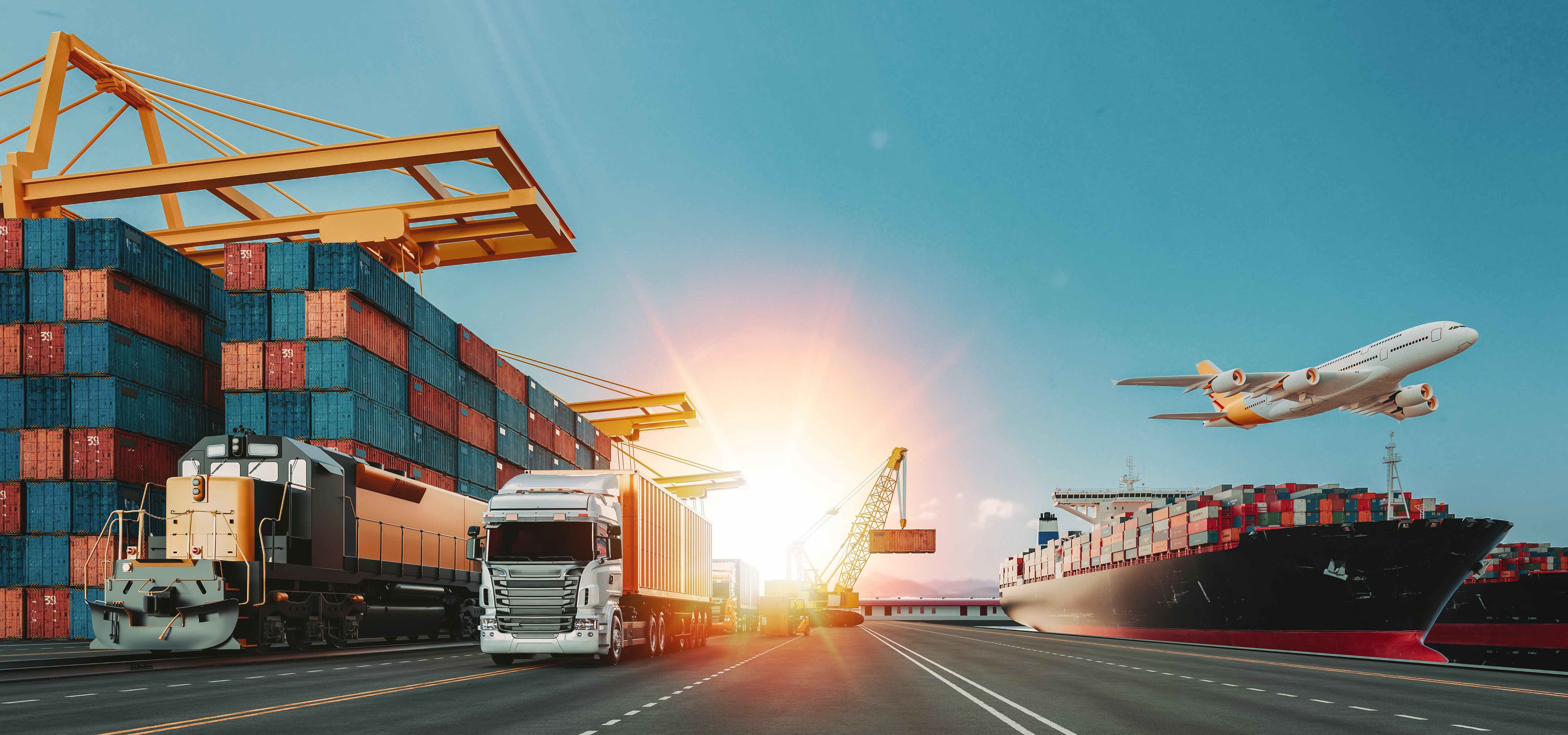Navigating Cross-Border Logistics: Essential Considerations for Success
When dealing with cross-border shipping, businesses must navigate a complex landscape that requires careful planning and strategic thinking. The hypothesis here is that by understanding and addressing key considerations in cross-border logistics, companies can significantly reduce risks, avoid delays, and improve overall efficiency in their supply chains.
Understanding Trade Regulations: The first critical step is to familiarize yourself with the trade regulations of both the origin and destination countries. These regulations can be intricate, varying significantly from one region to another. Compliance is non-negotiable; failing to adhere to these rules can result in substantial delays, fines, or even the confiscation of goods. Staying updated on changes in trade policies, tariffs, and duties is crucial as these can shift with little notice, impacting your operations.
Documentation Accuracy: Accurate documentation is the backbone of successful cross-border shipping. Every piece of information, from the commercial invoice to the packing list, must be precise and align with the regulations of the countries involved. Errors in documentation can lead to severe complications, including delays at customs or unexpected costs. Ensuring that all documentation is in order before shipping is a proactive measure that can save time and resources.
Partnering with Logistics Providers: Choosing the right logistics partners is another vital component. Experienced carriers who specialize in cross-border shipments can navigate the complexities of international shipping more efficiently. These carriers bring invaluable knowledge of customs procedures, necessary certifications, and potential pitfalls, which can significantly smooth the shipping process.
Leveraging Technology: In today’s digital age, technology offers powerful tools to manage cross-border logistics more effectively. Transportation Management Systems (TMS) and other logistics software provide real-time tracking, automate documentation, and enhance overall visibility of the supply chain. By integrating these technologies, businesses can reduce human error, improve efficiency, and maintain better control over their cross-border operations.
Considering Trade Agreements and Tariffs: Trade agreements between countries can offer significant advantages, such as reduced tariffs or streamlined customs processes. However, businesses must understand and comply with the terms of these agreements to benefit fully. On the other hand, tariffs and duties can be a substantial cost factor in cross-border shipping, and thorough analysis is required to anticipate and manage these expenses effectively.
Optimizing Packaging and Preparing for Delays: Proper packaging is essential not just for protecting goods, but also for complying with international shipping standards. Additionally, border delays are a common challenge in cross-border logistics. Anticipating these delays and building buffer time into your shipping schedules can help mitigate their impact on your supply chain.
In conclusion, preparing for cross-border shipping involves a multifaceted approach that addresses regulatory compliance, documentation accuracy, strategic partnerships, technology integration, and proactive planning. By carefully considering these factors, businesses can enhance their cross-border logistics processes, minimizing risks and maximizing efficiency. As global trade continues to grow in complexity, those who are prepared to navigate these challenges will have a significant competitive advantage.




